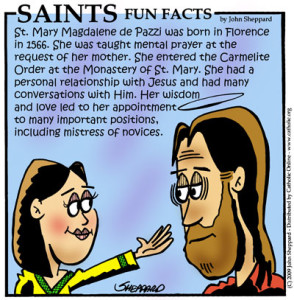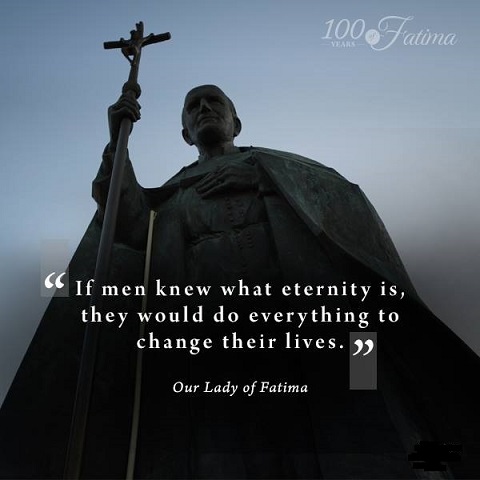 The Lord loves those who hate evil;
The Lord loves those who hate evil;
He guards the lives of the faithful;
He rescues them from the hand of the wicked. –Psalm 97:10
Image Courtesy: EWTN
The Glory of God’s Reign
The Lord is King! Let the earth rejoice;
Let the many coast lands be glad!
Clouds and thick darkness are all around Him
righteousness and justice are the foundation of His
Throne.
Fire goes before Him and consumes His adversaries
on every side. His lightnings light up the world;
The earth sees and trembles.
The mountains melt like wax before the Lord,
before the Lord of all the earth.
The heavens proclaim His righteousness
and all the people His glory.
All worshipers of (graven) images are put to shame (Tehillim 97:7)
those who make their boast in worthless idols;
all gods bow down before Him.
Zion hears and is glad and the towns of Judah
rejoice because of Your judgments, O God.
For You, O Lord are Most High over all the earth;
You are (very much) exalted far above all gods. (Tehillim 97:9)
The Lord loves those who hate evil;
He guards the lives of the faithful;
He rescues them from the hand of the wicked.
Light dawns for the righteous and joy for the upright in heart.
Rejoice in the Lord, O you righteous
and give thanks to His Holy Name! –Psalm 97:1-12
Regarding Prayer
Jesus taught His Disciples:
“Whenever you pray, do not be like the hypocrites
for they love to stand and pray in the Synagogues
and at the street corners, so that they may be seen
by others. Truly I tell you, they have received
their reward but whenever you pray,
go into your room and shut the door and pray
to Your Father who is in secret
and Your Father who sees in secret will reward you.
When you are praying, do not heap up empty phrases
as the Gentiles do; For they think that they will be
heard because of their many words. Do not be like them,
for Your Father knows what you need before you ask Him.”
“Pray then in this way:
Our Father in Heaven
hallowed be Your Name.
Your Kingdom come.
Your will be done,
on earth as it is in Heaven.
Give us this day our daily bread
and forgive us our debts (sins)
as we also have forgiven our debtors.
Do not bring us to the time of trial
but rescue us from the evil one.”“For if you forgive others their trespasses,
Your Heavenly Father will also forgive you
but if you do not forgive others, neither will
Your Father forgive your trespasses.” –Matthew 6:5-15
- Jesus said, “The time is fulfilled and
the Kingdom of God has come near;
Repent and Believe in The Good News!” –Mark 1:15
- You May Know the Joy of Salvation and Eternal Life in Heaven Today Through The Good News of Christ Jesus!
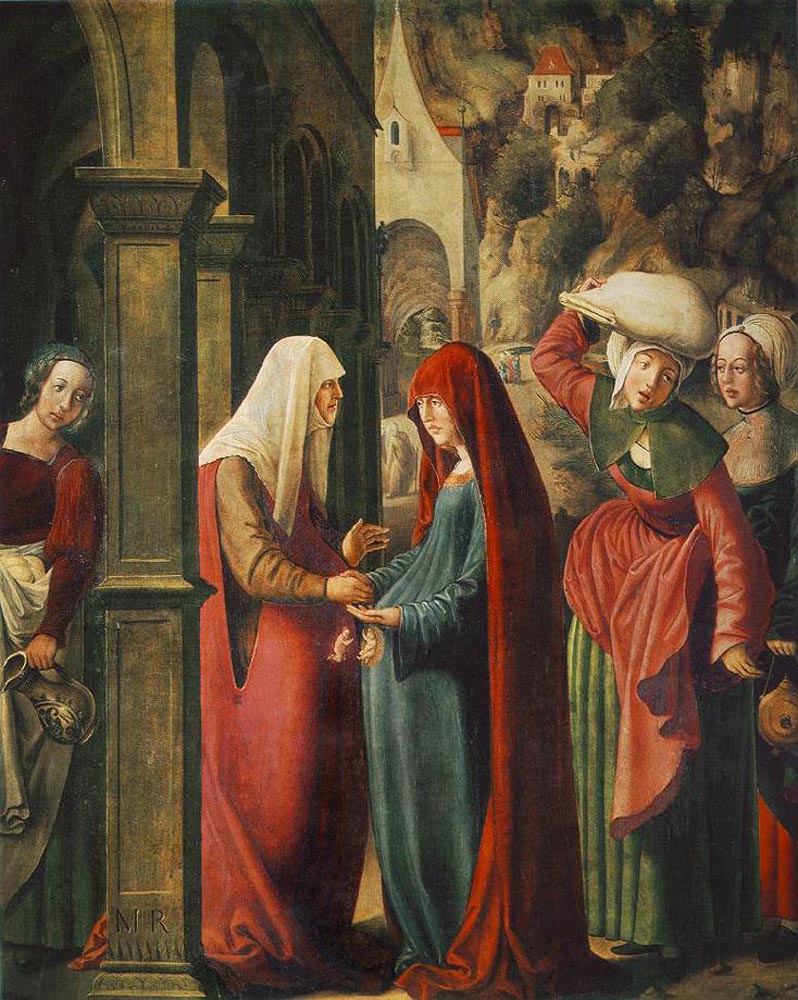 ‘Visitation of the Blessed Virgin Mary’ Image: —
‘Visitation of the Blessed Virgin Mary’ Image: —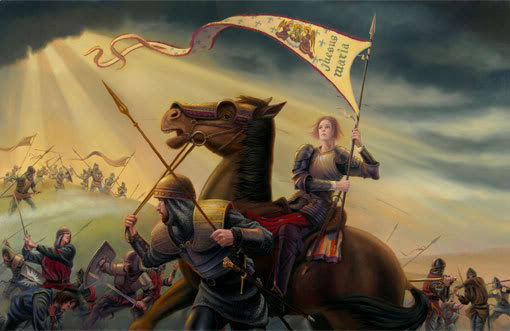 Saint Joan of Arc (1412-1431) Image Courtesy:
Saint Joan of Arc (1412-1431) Image Courtesy: 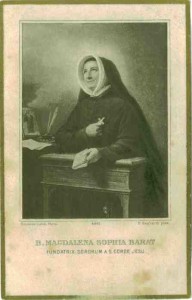
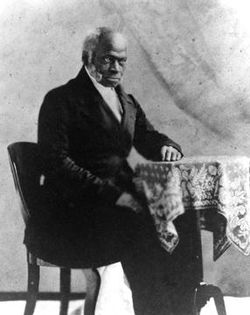
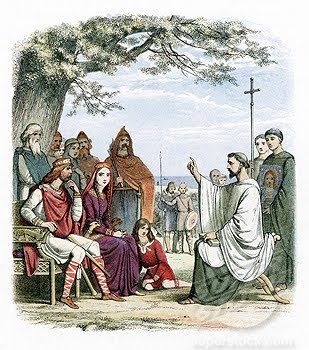 St. Augustine of Canterbury
St. Augustine of Canterbury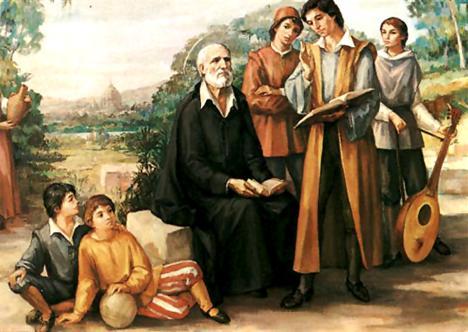 Saint Philip Neri (1515-1595) Image Courtesy:
Saint Philip Neri (1515-1595) Image Courtesy: 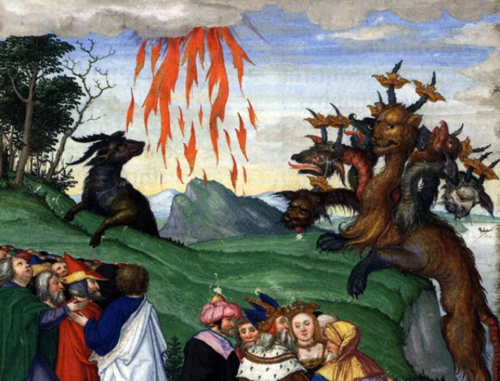
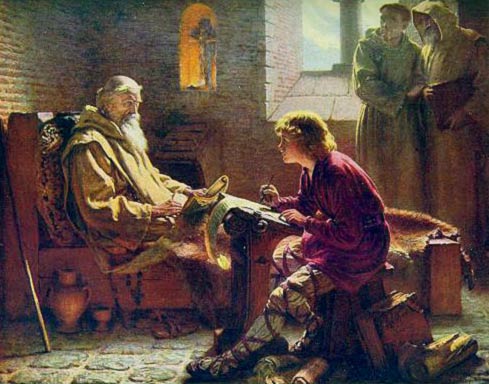 Saint Bede the Venerable (672-735) Image:
Saint Bede the Venerable (672-735) Image: 